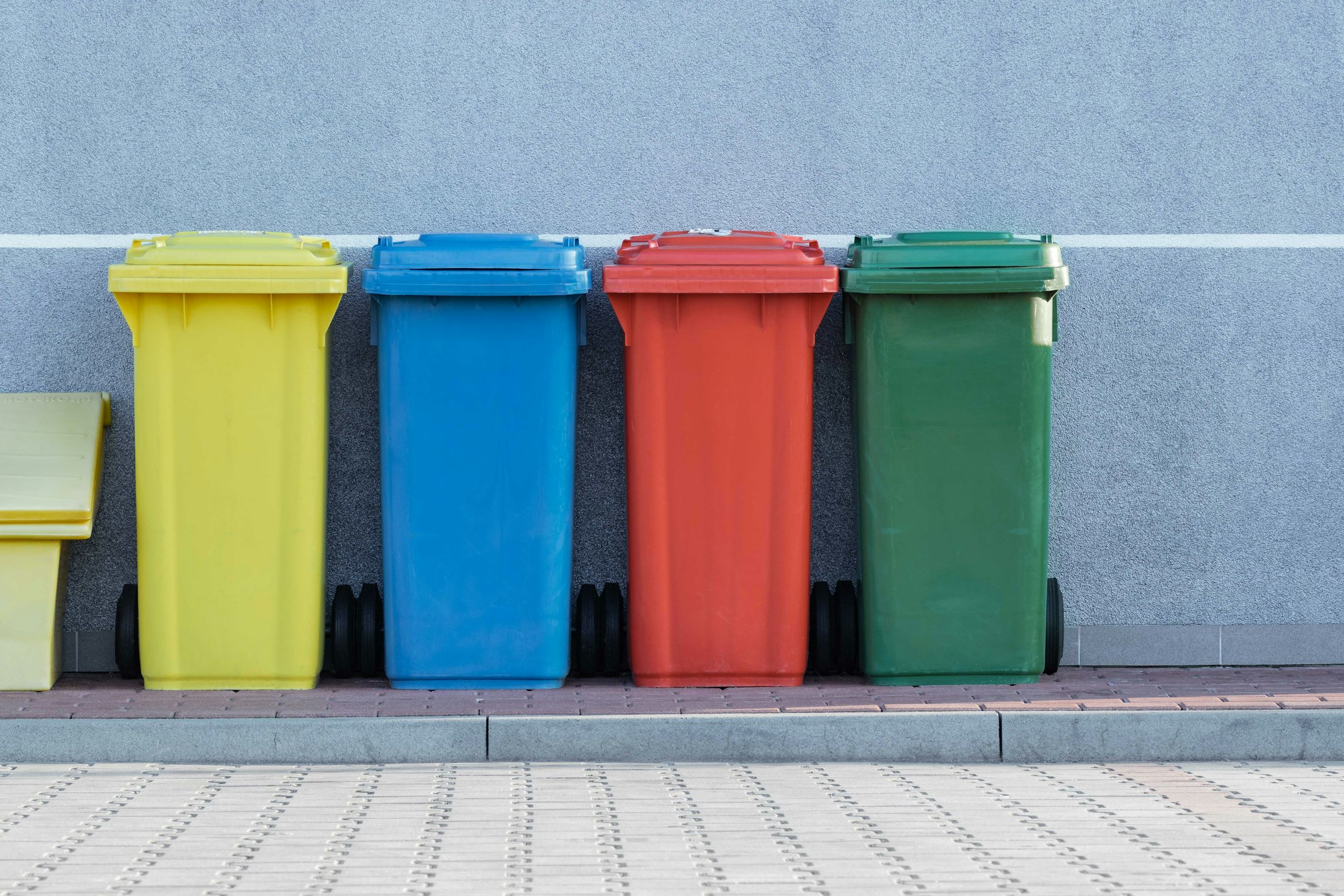The threshold value for beach litter “Good Environmental Status” was defined as 20 macro litter items/100 m of beach strip by the EU Technical Group on Marine Litter and stated in the Marine Strategy Framework Directive (MSFD). Applying this threshold value to the Marine Litter Watch (MLW) monitoring and clean-up data for the period 2013-2022 reveals that the overall median values of beach litter exceed the threshold in three out of four European seas in 2022.
The overall trends of sea and beach litter show fluctuations, but it is evident that we are far from reaching the Good Environmental Status in European beaches in terms of marine litter. The Mediterranean Sea and the Black Sea’s beaches are more littered, compared to the North-east Atlantic Ocean and Baltic Sea.
Top 5 items that are found on European beaches in 2022 are given below in decreasing order:
· Cigarette butts and filters (23.4%)
· Plastic pieces 2.5 > < 50 cm (9.5%)
· Polystyrene pieces 2.5 cm > < 50 cm (5.3%)
· Other plastic/polystyrene items (identifiable) (4.6%)
· Plastic caps/lids drinks (3.9%)
In a circular plastics economy, the release of plastics to the environment should be kept to a minimum. This indicator provides insights into whether we are approaching this. In addition, many of the items identified are single-use plastic items contributing to marine pollution, which is key concern of the Single-Use Plastics Directive.
Marine litter is mismanaged waste that was discarded into the sea, rivers, land or beaches, that ends up in the sea via rivers, sewage, storm water or winds. Sources of beach litter can be either land-based or sea-based. Plastic items make up the bulk of total litter found on European beaches. Its environmental impacts are also largest in coastal and marine ecosystems because they have long life cycles and are ingested easily by many organisms. Marine litter causes large economic costs, ecological damage and social impact, adversely affecting tourism, fisheries, shipping and many other economic sectors. Costs of litter to EU fishery and tourism/recreation were once calculated as a minimum of 61.7 and 630 million Euros respectively for the EU (ARCADIS, 2013).
European policies tackling marine litter are most notably the Marine Strategy Framework Directive (MSFD), the Single Use Plastics Directive (SUPs), the Zero Pollution Action Plan (ZPAP). The MSFD aims to reach Good Environmental Status in European Seas and has a threshold value of 20 macro litter items/100 m of beach strip. The SUP directive forbids specific plastic single-use items that are shown to make up for a significant share of marine litter in Europe (47 % in 2022). One of the six main interim targets of the ZPAP for 2030 is reducing litter at sea by 50 % (EU, 2020).





